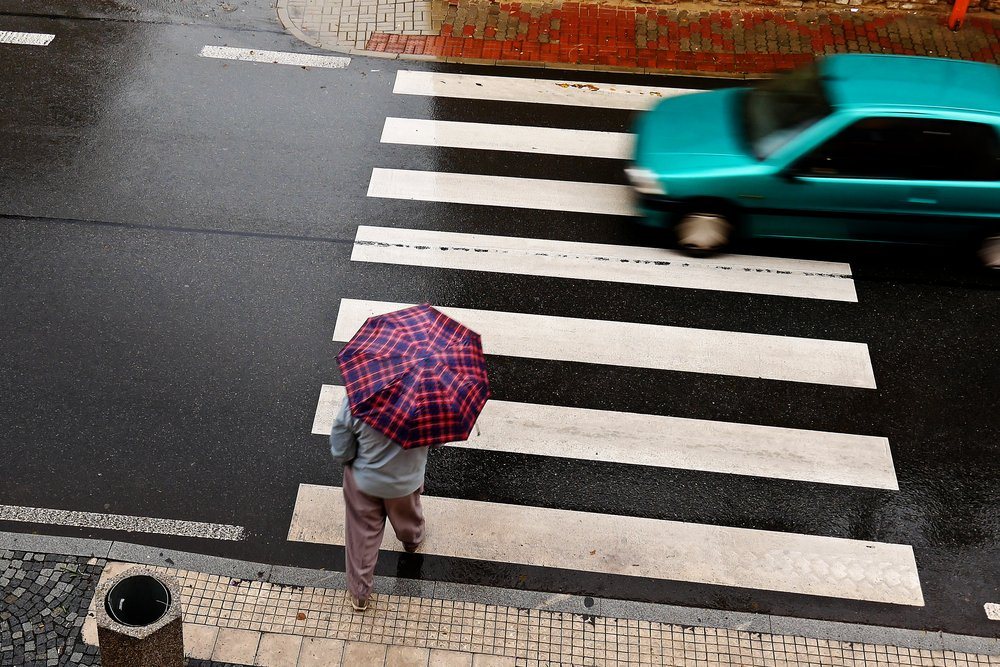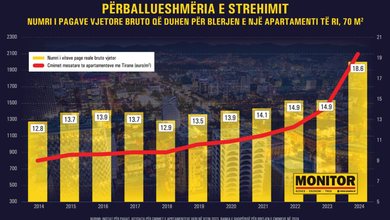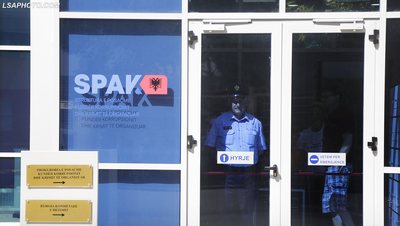
Some roads in urban areas in the country seriously expose pedestrians to the risk of accidents. The government's latest road safety strategy considers that some of them have been designed to give priority to vehicles and neglect pedestrian safety, and therefore need serious intervention.
“Transportation planning and road design in Albania have in the past primarily prioritized motor vehicles, often neglecting the safety needs of pedestrians, people with disabilities, and other vulnerable road users. Many roads, especially in urban areas, have not been designed with pedestrian safety in mind.
"Problems such as lack of sidewalks, inadequate crosswalks, and unsafe road designs force pedestrians to share space with vehicles or take unsafe shortcuts. At the same time, it remains unclear whether road users fully understand that their risky behaviors significantly contribute to accidents," the strategy states.
The document focuses on a most vulnerable age group, namely the elderly, who according to the strategy are more likely to use the roads as pedestrians, to use public transport and, with their reduced vigilance, may be more likely to become victims of road accidents.
Another element that is brought to attention is that road infrastructure must be adapted to the needs of pedestrians and people with disabilities, preventive education programs must be implemented at the national and local levels, and the visibility of people on the road must be increased.
To increase road safety, given that speeding is also a problem in most cases, the strategy recommends interventions in infrastructure by adding roundabouts, traffic islands or artificial barriers, mainly in urban areas. /Monitor/






















